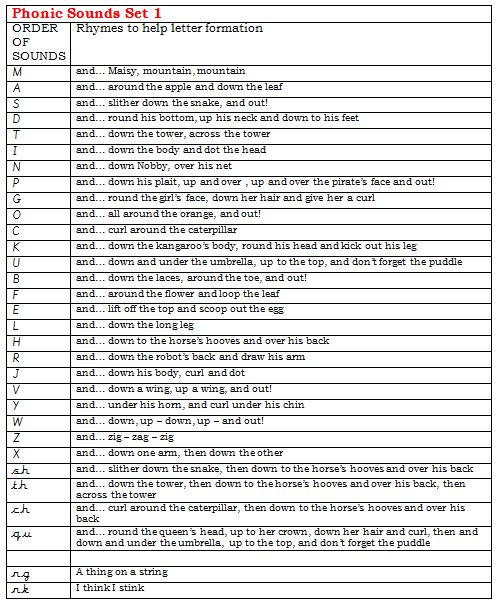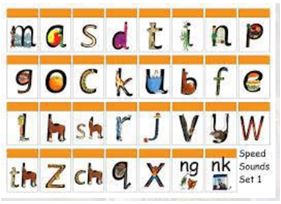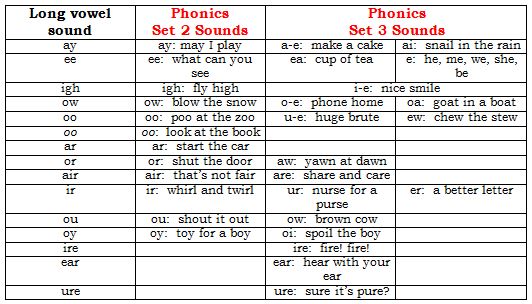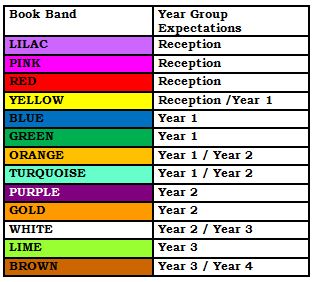At Sacred Heart our aim is that all children develop a love of books and reading during their time at our school. The children are able to borrow books from the school library and we often go on trips to the local libaries in Southend Town Centre and Southchurch. Sometimes we have authors visiting us and we always celebrate World Book Day.
LEARNING TO READ
Learning to read is one of the most important skills children will learn at our school. Everything else depends on it, so we put as much energy as we possibly can into making sure that every single child learns to read as quickly as possible.
We want children to love reading – and to want to read for themselves. This is why we hope that they develop a love of books as well as simply learning to read.
LEARNING TO READ USING PHONICS
How will children be taught to read using phonics?
We start by teaching phonics to the children in the Nursery and Reception class. This means that they learn how to ‘read’ the sounds in words. We teach the children simple ways of remembering these sounds and letters. We would encourage parents/carers to ask children to show them what these sounds are.
The children also practise reading (and spelling) what we call ‘tricky words’, such as ‘have,’ ‘said’ and ‘where’. The children practise their reading with books that match the phonics and the ‘tricky words’ they know. As children develop a growing knowledge of phonics and the ability to apply this in reading, they begin to recognise that they can read and this does wonders for their confidence.
It is important for children to hear adults reading too. When teachers read to the children, they get to hear all sorts of stories, poetry and information books. They learn many more words this way and it also helps their writing.
At Sacred Heart Primary School, we use the Read Write Inc (RWI) Phonics Programme to teach phonics.
Children will be taught how to use phonics to read as follows: Children are taught sounds in 3 sets (which can be found in the tables below). These are the sounds we use to speak in English.
We use ‘pure sounds’ (i.e. we say ‘m-m-m’, not ‘muh’; we say ‘s-s-s’, not ‘suh’, etc.). ‘Pure sounds’ helps children to be able to blend sounds into words more easily. At school, we use a puppet called Fred who is an expert on sounding out words e.g. m-o-p, c-a-t, m-a-n, sh-o-p, b-l-a-ck. We call this Fred Talk! Before parents start to use phonics when reading with their child at home, they may find it useful to practise saying the sounds and blending the sounds into words. The following video is an example of blending sounds with Fred:
https://www.youtube.com/watch?v=dEzfpod5w_Q
When a child is first learning to use phonics to read, they are also taught to:
-
point to each word to help them keep track
-
‘sound out’ words using their ‘Fred fingers’ (over time, children will be able to read an increasing number of words without ‘sounding out’)
Sets of Phonic Sounds: Set 1 Sounds are taught in the following order together with rhymes to help children the letters correctly in writing and instantly recognise sounds ready for blending.


Children will also use pictures for each sound to help recognise the sound and then form the shape of the sound.

The children are then taught Set 2 Sounds – the long vowels. When they are very confident with all of Set 1 and 2, they are taught Set 3 Sounds.

LEARNING TO READ FOR MEANING -
How will my child be taught to understand what has been read?
Reading for meaning begins very early on. This happens both when an adult reads to a child and also when a child reads their own story book.
Once children can read aloud with some fluency, we concentrate more on teaching children the skills that will help them understand what they are reading.
When reading with a child, teachers will ask them to stop and then ask them questions to stimulate discussion about the book and to be sure they fully understand what has been read and can locate the answers to questions within the text. It is important to also talk about the meanings of unknown words to help to develop children’s understanding and use of language.
Children also learn from hearing adults reading aloud. By sharing reading aloud, adults can demonstrate some important aspects of reading to children:
-
reading with expression and fluency;
-
pausing to clarify meaning;
-
summarising the main points of what has been read.
In school, sometimes children are heard read individually and at other times children will be supported in shared / guided reading sessions.
The following videos will provide examples of class teachers supporting reading development with individual pupils:
INSERT VIDEOS OF PUPILS READING WITH TEACHERS
SUPPORTING READING AT HOME
We encourage parents/carers to hear their children read regularly - at least four times a week, for 15 – 30 mins per day (dependent on the age of the child). Regular reading is better than longer sessions once a week.
For younger pupils, who are still using phonics to ‘sound out’ words, parents should help them to sound out the letters in words and then to ‘’blend’ the sounds together to make a whole word.
Even when children have developed fluency in reading, it is still important for adults to hear them read aloud regularly. Children are continuing to develop their understanding of texts at this stage. When reading with a child, adults should stop and ask questions to encourage children to talk about the book they are reading. Adults should also encourage discussions about any unknown words to help develop the child’s range of vocabulary.
Here are some examples of class teachers supporting reading development with individual pupils:
Reception / Year 1 Children Lilac Book Band (Non-Worded Books)
To watch the full video press play.
You can use the links below to watch how teachers teach specific reading skills:
Talk About the Front Cover and Book Title Look at the Pages in the Book Order Talk About What is Happening in Each Page
Reception / Year 1 Children Pink/Red Book Band (Worded Books)
To watch the full video press play.
You can use the links below to watch how teachers teach specific reading skills:
Talk About the Front Cover and Book Title Point to Each Word 'Sound Out' Words Using Phonics and/or 'Fred Fingers' Re-Read the Sentence Talk About the Meanings of Words Ask Questions about the Book
Key Stage 1 - Years 1 & 2 Children Yellow Book Band Onwards
To watch the full video press play.
You can use the links below to watch how teachers teach specific reading skills:
Talk About the Front Cover and Book Title Point to Each Word 'Sound Out' Words Using Phonics and/or 'Fred Fingers' Re-Read the Sentence Talk About the Meanings of Words Ask Questions about the Book
Key Stage 2
To watch the full video press play.
You can use the links below to watch how teachers teach specific reading skills:
Discuss the Front Cover, the Book Title and the Blurb Decode Words (Being Able to Read Written Words) Pause to Clarify Meaning Summarise the Main Points of What Has Been Read Ask Questions About the Book
Key Stage 2
To watch the full video press play.
You can use the links below to watch how teachers teach specific reading skills:
Discuss the Front Cover, the Book Title and the Blurb Decode Words (Being Able to Read Written Words) Pause to Clarify Meaning Summarise the Main Points of What Has Been Read Ask Questions About the Book
Across the school year, parents/carers are invited to attend workshops on how to best support reading development. At these meetings, teachers provide information about how reading is taught in school and how to support this at home. You can find some useful resources that have been shared during these workshops at the following links:
Adults should show that they are interested in reading themselves and talk about reading as a family.
OUR READING SCHEMES
Children will take colour-banded books home from school. Children will take home books which are in line with their current level of reading skill, and which stretch their reading comprehension.
We use two colour-banded reading schemes at Sacred Heart Primary School: a book-banded scheme for our Infant children and some of our children in Year 3/4; and ’Accelerated Reader’ for our Junior Children. Our book banded scheme has been carefully created using a variety of books designed specifically for schools by a range of publishers. Our Accelerated Reader library has been created using ‘real books’, or books you would most commonly find in your local book store.
Book Band scheme – used by Infant children (and some in Years 3 & 4)
There are general guidelines about the range of book bands that pupils would be expected to progress through within each academic.

By the end of Term 1 in Year 2, children working at the expected level should be reading books in turquoise or purple bands. Please remember, however, that children learn in different ways and make progress at different times.
Accelerated Reader scheme – used by Junior children
Once children have progressed through all the book band levels, they will transfer to the Accelerated Reader scheme.
Accelerated Reader (AR) is a computer program that helps teachers manage and monitor children’s independent reading practice. Children choose a book at their own level and read it at their own pace. When finished, children take a short quiz on a computer. (Passing the quiz is an indication that a child has understood what was read.) AR gives both children and teachers feedback based on the quiz results, which the teacher then uses to help children set goals and direct ongoing reading practice.
AR Books are arranged in ‘levels’ according to difficulty and vary in a number of ways, including layout, size, vocabulary and length, to give the children a rich diet of literature.
It is important that children are able to choose what they would like to read and learn to do this independently. Children using both our book-banded scheme and the AR scheme choose their own books to read, rather than having one assigned to them. This makes reading a much more enjoyable experience as they can choose books that are interesting to them.
Progress through the book bands and Accelerated Reader levels is not automatic and it is important to ensure that children working in the early bands have secure understanding before they move on to more challenging texts. This is particularly important for children at the early stages of learning English as an additional language. We acknowledge that this also needs to be balanced with maintaining motivation.